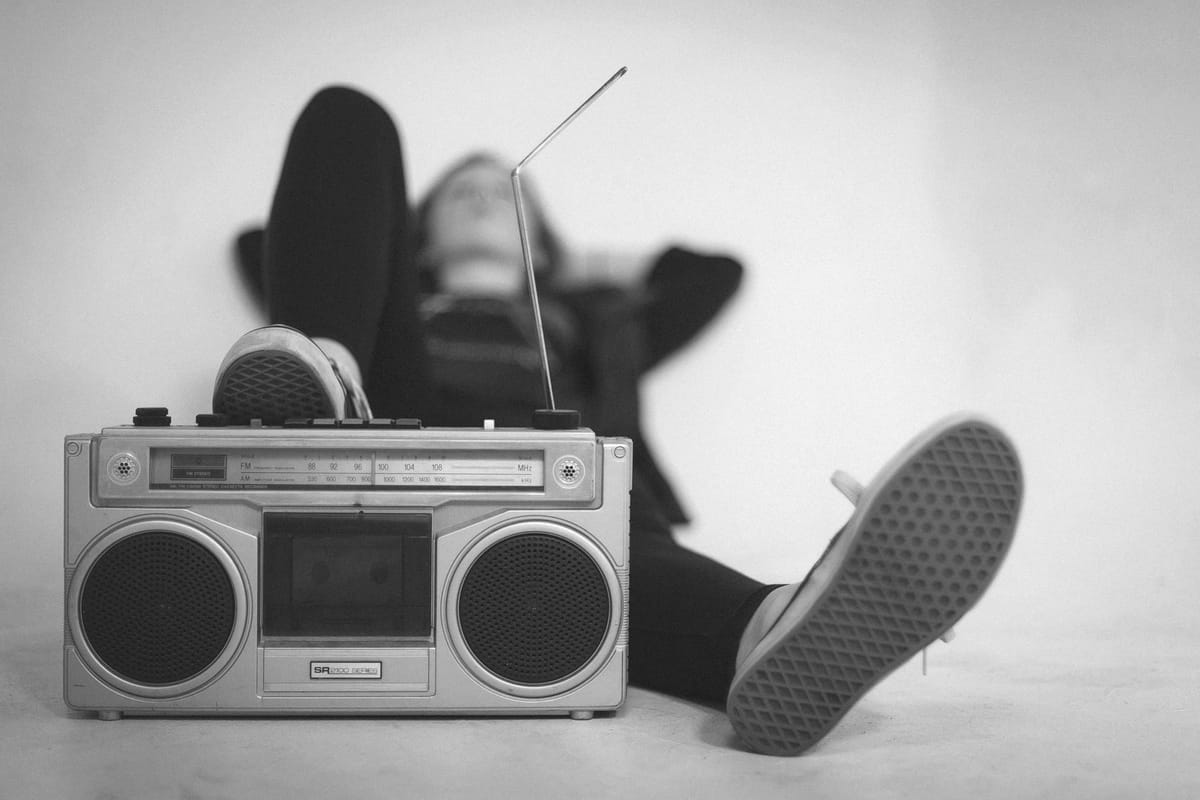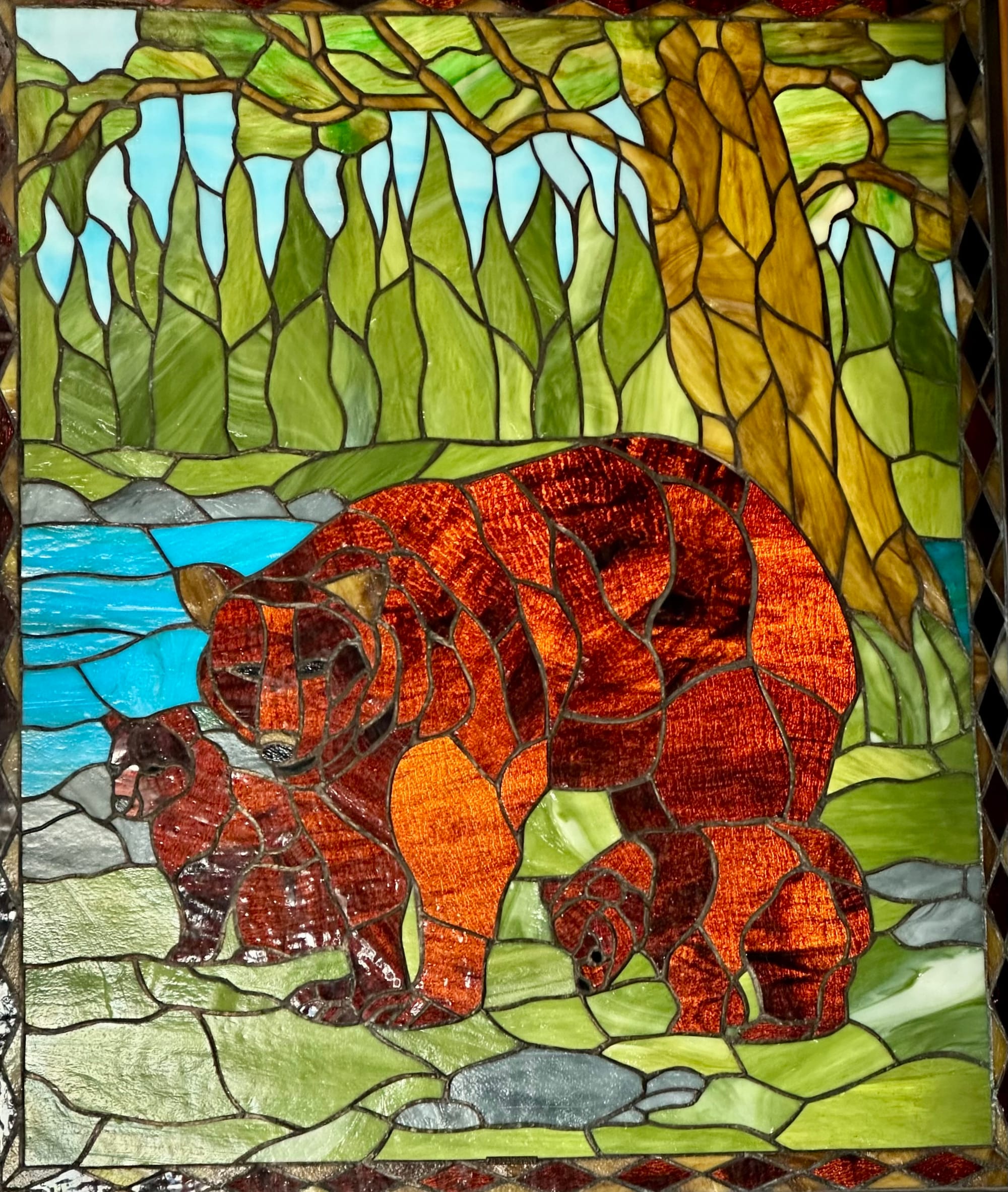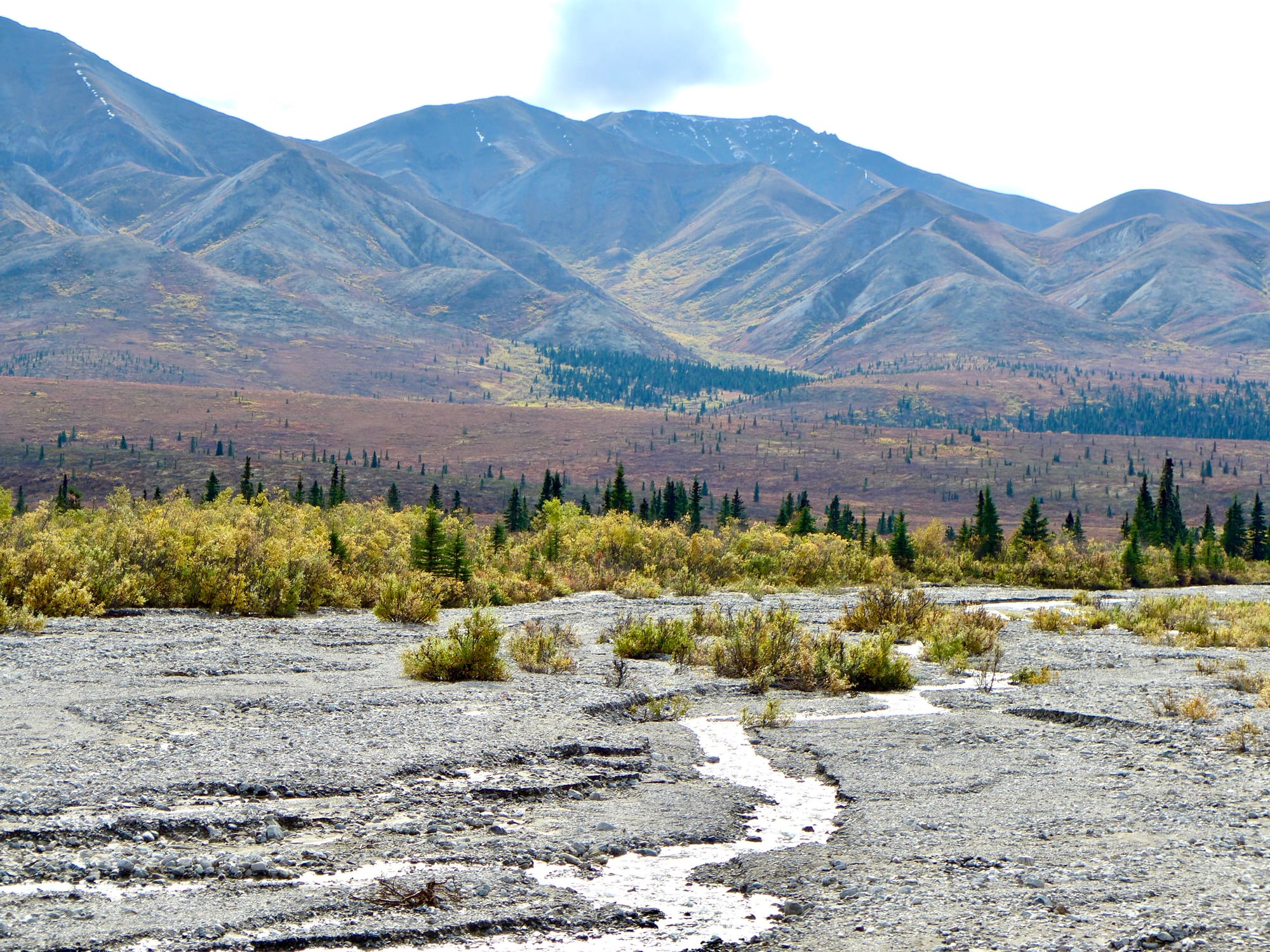Contemplative Practice: Audio/Visio/Eco Divina
Music is a higher revelation than all wisdom and philosophy. Music is the electrical soil in which the spirit lives, thinks and invents. Ludwig van Beethoven

Gregg’s Reflection
Music, art and nature bring both awe and delight into our day. Awe and delight are not intellectual exercises. They emerge from the heart. So, anything that evokes awe or delight brings us into the present moment, where we experience Presence.
At the time of the Reformation, most people were illiterate. So, wonderful woodcut images were put into the Bible to tell the stories very few could read. The Kessler Reformation Collection at Emory University has digitized many of these images. Here is an example from images of the Lord’s Prayer. I never understood what “Hallowed be Thy Name” might look like. Here it is:

Music seems to penetrate deeply into soul. Art has the power to grab your attention, and you can sit and look deeply into the image. And, as John Muir said about Nature, “I’d rather be in the mountains thinking of God, than in church thinking about the mountains.”
In a Living School teaching, Jim Finley said, “Look at the forest, then let your gaze be drawn to a single tree. Notice it is not perfect. Gaze at the trunk, the limbs, the foliage rustling in the breeze. Then, realize you are seeing what God looks like as a tree.” That describes Eco-Divina.
In my own morning sit, I look at the interplay of sky, clouds, and how the sun strikes and refracts through the many pieces of glass on my home altar.

And we have a number of stained glass pieces that are a wonderful interplay of light, shape and color. Here is one:

For more on Eco Divina, see Contemplative Practice: Forest Bathing. Here is a short audio introduction:
Journaling Prompts
How might your enjoyment of music, art or nature become a spiritual practice, and a meditative experience? What forms of music, art or outdoor experiences evoke awe, wonder and delight in your heart? How do you tap into the flow of grace to create something beautiful, a poem, a song, a work of art?
Scripture
Worship the Lord with gladness; come before him with joyful songs.
Psalm 100:2
My heart, O God, is steadfast; I will sing and make music with all my soul.
Psalm 108:1
Be filled with the Spirit, speaking to one another with psalms, hymns, and songs from the Spirit. Sing and make music from your heart to the Lord, always giving thanks to God the Father for everything.
Ephesians 5:18-20
Ancient Writings
Music is the language of the spirit. It opens the secret of life bringing peace, abolishing strife.
Music and rhythm find their way into the secret places of the soul
Music is a higher revelation than all wisdom and philosophy. Music is the electrical soil in which the spirit lives, thinks and invents.
Modern Writings
Inspiring music may fill the soul with heavenly thoughts, move one to righteous action, or speak peace to the soul.
Music expresses that which cannot be put into words.
Music is well said to be the speech of angels.
After silence, that which comes nearest to expressing the inexpressible is music.
The artist enriches the soul of humanity. The artist delights people with
a thousand different shades of feeling.
Art washes away from the soul the dust of everyday life.
Pablo Picasso
In every walk with nature one receives far more than he seeks.

Audio Divina
Similar to Lectio Divina, you can listen to music contemplatively, being drawn into the music and lyrics. There are proven therapeutic effects.
The 'Music as Medicine' study found the optimum listening time required for sadness, relaxation and concentration is 13 minutes. Music takes 13 minutes to “release sadness”, but nine to make you happy.
The British Academy of Sound Therapy study found that happiness is the quickest mood to achieve, at just nine minutes. After listening to uplifting music, 65% of test subjects reported they were happier and laughed more, 89% had improved energy levels and 82% felt more in control of their lives, all of which “had a knock on effect of them being more positive towards others”, explained the researchers.
Helena Lambert, Music 'takes nine minutes to make you happy', The Telegraph, 3/5/23
Humming for Stress Relief. “The vagus nerve starts at the brain and runs through the face and thorax (which holds the heart, major blood vessels, and lungs) to the abdomen,” says osteopath Nadia Alibhai. “It’s a major part of our parasympathetic nervous system, which is associated with the rest-and-digest response, plus it also helps counteract the sympathetic nervous system’s fight-or-flight, or stress, response.” In addition, it controls several muscles in the throat that are involved in speech and various aspects of digestion.
One of the easiest ways to stimulate the vagus nerve? By humming. “It’s like going to the gym for the vagus nerve. The more often you hum, the more you strengthen it and increase vagal tone,” Alibhai says. “This activates the parasympathetic nervous system and helps the body to relax faster after stress, while allowing your body to rest, recharge, and recover.”
“As the vagus nerve innervates parts of the throat, gargling can also help increase vagal tone,” says Nadia. “Try 10 to 30 seconds of loud gargling with water, two to three times a day.”
Hannah Coates, How Vagus Nerve Stimulation Can Help Lower Your Stress Levels, British Vogue, 2/12/24
For more on Audio Divina, see Contemplative Practice: Sacred Chanting
Visio Divina
I believe good art has the power to evoke an epiphany. Sometimes, when we can’t take our eyes off a picture or work of art, an epiphany is happening. We don’t yet know what we’re knowing while the wisdom of the unconscious is being ferried across to the conscious mind. Carl Jung said great art presents an “archetypal image.”
Richard Rohr, CAC Morning Devotion 4/15/24
Art invites audiences to consider the spirituality and transformative power of images. Engaging art offers respite, contemplation, even as it shares powerful, inspiring, or difficult stories. Art images are real and alive and have the power to change us and cause change . . . [and] they can shift our perspective on what we thought we knew and understood about a subject. Too often, art is considered decorative, and it is significantly more than that. Engaging with art means we have to slow down to allow a new experience to enter which perhaps cannot be accessed in another way. It can be an expansive experience.
Lourdes Bernard, Artmaking as Contemplative Praxis, Oneing 12, no. 1, Art and Spirituality (Spring 2023), p. 28
When our intention is to seek God's presence, one effective mode of prayer is gazing at an object as a window to the unseen God. . . . Simply looking, without assigning any particular interpretation or meaning to the object of your gaze, can take you deep into contemplative awareness of God. . . .The important part is seeking God's presence. The image in front of you is merely a window to God. . . .
• Find a comfortable place to sit and gaze at your chosen icon. Decide how long you will spend in this contemplative practice. (20 minutes is suggested.)
• We are invited to allow our mind to descend deep into the center of our heart, where we will encounter the presence of God. Spend a few moments pondering this and try allowing it to happen.
• Gaze at the image. Let your gaze be long and loving. Think of the image as a mystical window in which you are on one side and God is on the other. Allow God to communicate with you by way of this image, but do not become anxious about how or when God may communicate. Simply continue to gaze and allow your heart to become still and open.
• End the contemplation with a prayer of gratitude.
• Spend a few minutes reflecting on the experience. Did you understand or feel that your mind descended into your heart? What was it like to use your eyes so intently in prayer? Did you feel the presence of the Holy during this prayer? If so, can you describe what you felt or experienced? . . . Would you be inclined to pray in this way again? Why or why not?
Author and spiritual director Teresa A. Blythe
The Power of Art. First, beauty impels us to pay a certain kind of attention. It startles you and prompts you to cast off the self-centered tendency to always be imposing your opinions on things. It prompts you to stop in your tracks, take a breath and open yourself up so that you can receive what it is offering, often with a kind of childlike awe and reverence. It trains you to see the world in a more patient, just and humble way. In “The Sovereignty of Good,” the novelist and philosopher Iris Murdoch writes that “virtue is the attempt to pierce the veil of selfish consciousness and join the world as it really is.”
Second, artworks widen your emotional repertoire. When you read a poem or see a piece of sculpture, you haven’t learned a new fact, but you’ve had a new experience. The British philosopher Roger Scruton wrote, “The listener to Mozart’s Jupiter symphony is presented with the open floodgates of human joy and creativity; the reader of Proust is led through the enchanted world of childhood and made to understand the uncanny prophecy of our later griefs which those days of joy contain.”
Third, art teaches you to see the world through the eyes of another, often a person who sees more deeply than you do.
David Brooks, The Power of Art in a Political Age, NY Times, 3/2/23. These experiences furnish us with a kind of emotional knowledge — how to feel and how to express feelings, how to sympathize with someone who is grieving, how to share the satisfaction of a parent who has seen her child grow.
Eco Divina
Reverence is about seeing the Sacred in something. We practice reverence with nature when we honor the ways she reveals the Divine Presence to us.
Christine Valters Paintner
Eco Divina is praying with nature. It is a creative way of connecting with God especially when we are in a beautiful landscape—along the sea, in a park, or in the woods. Often our prayer becomes dry because we do not connect to God in creative ways. Eco Divina is another way of practicing awareness of God’s presence or seeing God in all things. If in Lectio Divina we pay attention to words and phrases that stand out as we read a scripture passage, in Eco Divina we heighten our senses to take in nature and meet God.

Sense of sight. We observe every flickering of the leaves, the ripples and waves, the grandeur of mountains. We savor God’s enormity, capacity, and generosity.
Sense of hearing. We hear the birds chirping, the wind whistling, the cockrels in our midst.
Sense of smell. We notice the odors around us like the smell of the earth, the smell of a flower, the smell of freshly cut grass.
Sense of touch. When you are awake you feel the water as you dip into the sea or river. Feel the freshness and softness. Allow this sensation to refresh your tired body. Immerse in the water and allow it to take your weight.
Sense of taste. This sense generally has to do with food. Allow your palate to speak to you. Some say that certain food can give you ecstasy as you savor the different flavors. This can be a form of soul care.
The practice of Eco Divina as a creative way of praying involves two essential disciplines: openness and capacity to be with nature. All our senses are awakened to an openness that we are able to receive God.
Lita Quimson-Feliciano, NewEdenMinistry.com
